Strengthen your students’ understanding of the six types of syllables with this set of game-based worksheets.
Why Teach Your Students About Syllable Types?
A syllable is part of a word that contains a vowel sound. You will often see students counting out the syllables in a word according to the number of vowel sounds they can hear. But what is all this talk about syllable types? What are they, and why is it important to teach our students about them?
The answer to this question is simple: The more our students understand the smallest parts of words, the more effective they will become at decoding and encoding larger words. Basically, if our students know how to break any word into smaller, more manageable chunks, then conquering more complex words becomes a breeze!
This set of worksheets has been designed to help your students identify the different syllable types in words in a fun and challenging way. Students are required to find their way through the maze by identifying the words that contain a particular syllable type. The resource includes six worksheets (one maze for each syllable type) and an answer key for each maze.
A Refresher on Syllable Types
The following syllable types are addressed in this set of syllables worksheets:
- Closed syllable: A closed syllable has only one vowel and is followed by one or more consonants. The vowel has a short vowel sound.
- Open syllable: An open syllable ends in a vowel. The vowel has a long vowel sound. The vowel says its letter name. Remember that “y’” can act as a vowel.
- Magic e syllable: A magic e syllable has one vowel and is followed by a consonant and a silent e. The vowel has a long vowel sound.
- Vowel team syllable: A vowel team syllable has a team of two or more letters that work together to make one vowel sound. Sometimes the team includes consonant letters, like ay, oy, ow, aw.
- R-controlled syllable: An r-controlled syllable has an r following a vowel. The r changes the vowel sound so that it is neither long nor short.
- Consonant +le: A consonant +le syllable comes at the end of a word. It has a consonant, then an l, then a silent e.
Tips for Extension and Support
This syllables resource has been designed to help your students better understand syllable types. Should you need to support or extend students in your class, you may wish to try the following ideas:
- For students who require support, provide them with a visual reminder of the syllable types to refer to while they are completing the mazes. Our Types of Syllables Anchor Charts would be perfect for this purpose!
- For students requiring an extension, challenge them to write a list of all the other syllables (and their accompanying syllable type) found within the maze.
A Variety of Ways to Prepare This Syllables Worksheet
Because this resource includes an answer sheet, we recommend you print one copy of the entire file. Then, make photocopies of the blank worksheet for students to complete.
To save paper, why not project the mazes onto a screen and work through them as a class?
Download, Print and Go!
Use the dropdown menu next to the Download button to select between the PDF or editable Google Slides version of this resource.
This resource was created by Lisamarie Del Valle, a teacher in Florida and a Teach Starter collaborator.
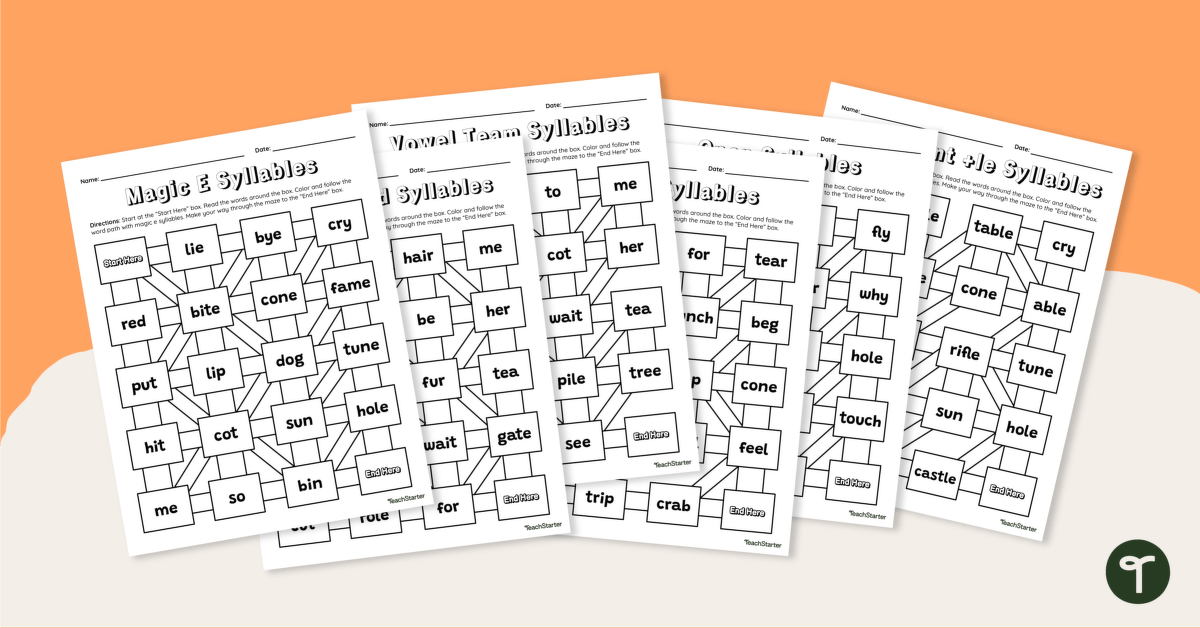

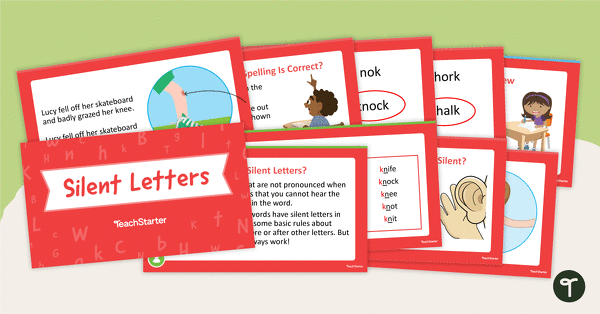
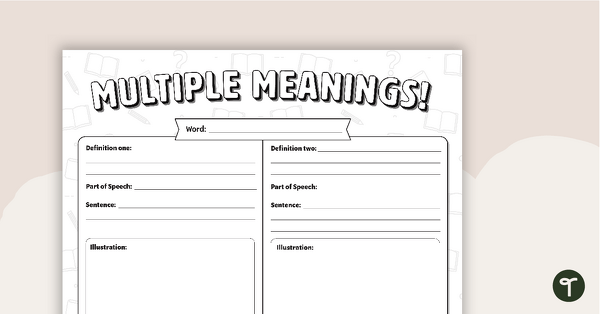
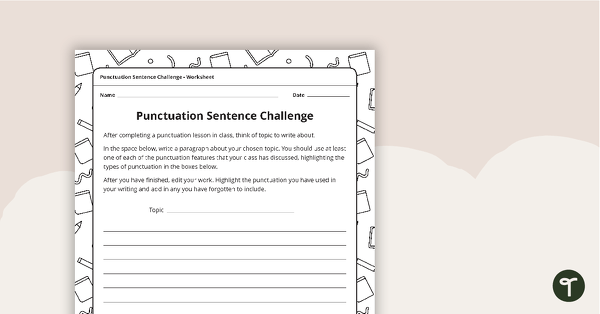
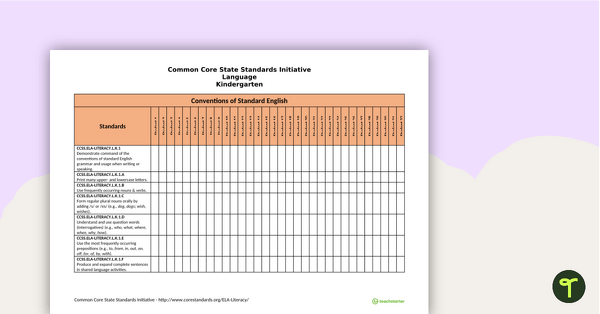
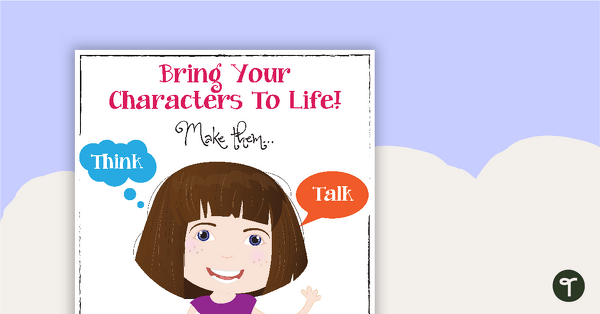
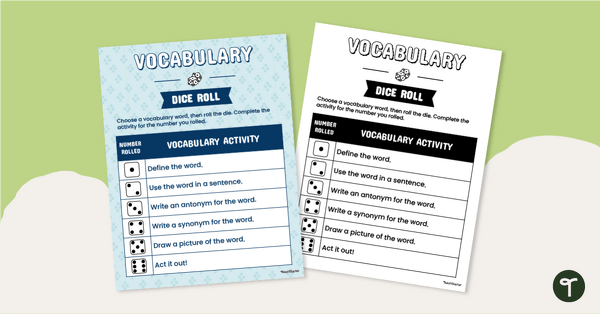
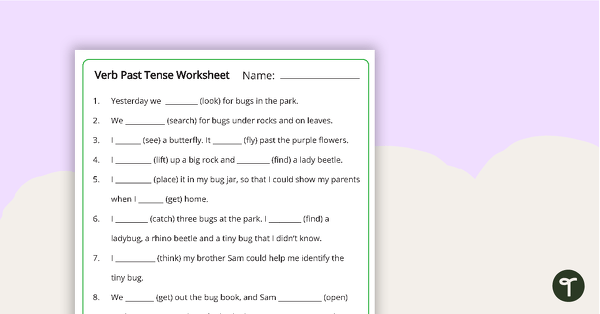
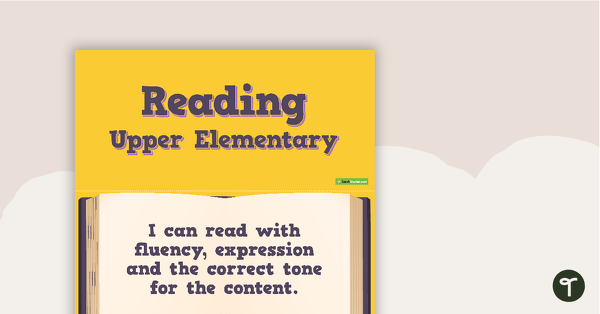
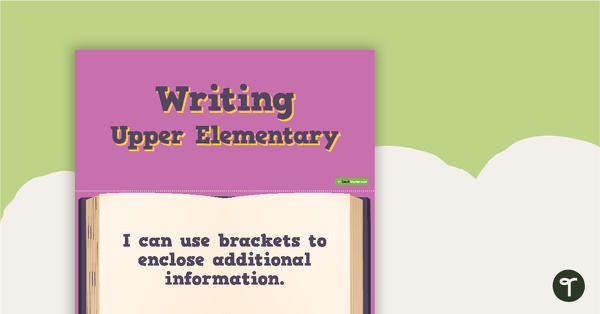
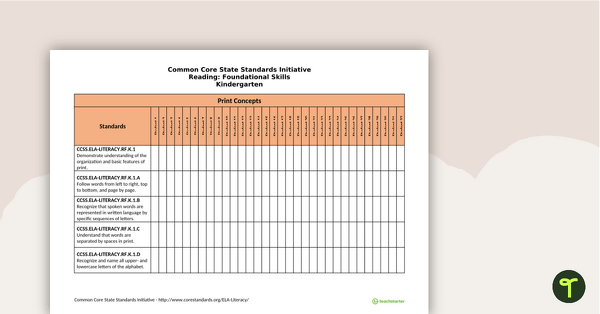
0 Comments
Write a review to help other teachers and parents like yourself. If you'd like to request a change to this resource, or report an error, select the corresponding tab above.